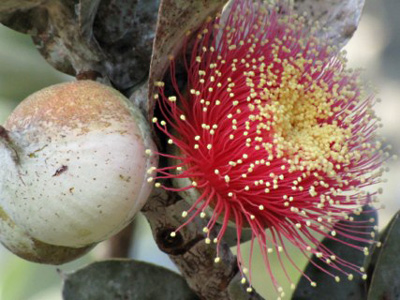Some of the trees are native to Israel, while others were brought from abroad, such as the eucalyptus tree that was brought from Australia to drain swampland.
At the beginning of KKL-JNF forestation project, the forestation work was mainly designated to provide jobs for the numerous new immigrants, and to provide pleasant green places for people to enjoy during vacations and leisure. The process of introducing trees by professional KKL-JNF foresters has expanded over time due to the need to improve the planted areas and to make the country flourish.
Israel is a relatively small country, but nevertheless has a wide variety of natural habitats. In the course of an hour's drive one can see areas that are extremely different in characteristics from the standpoint of soil, rock formation, altitude, level of rainfall, and temperature.
Each different habitat must be planted with different forms of vegetation. One of many examples is the acclimatization that is presently being done in the Negev, where the annual rainfall is 100 millimeters or less. Few varieties of vegetation can develop under these conditions. Trees that can grow in these arid areas include eucalyptus and acacia trees.
Another example is
Ilanot forest in the Sharon region where the National Arboretum is located. Trees from all over the world were planted in the arboretum to assess how well they would acclimatize to the country. The arboretum was established in 1959 on an area of 25 acres and contains more than 750 different varieties of trees – 170 of which are eucalyptus.
The park adjacent to the arboretum is located in a congested urban area in the Sharon and covers an area of 200 acres. The forest is an attraction for visitors from throughout the country and provides a rare green lung in the center of the country. KKL-JNF, with help of its friends worldwide, has made an effort to preserve the delicate balance between preservation and development by paving accessible paths throughout the forest. On the western edge of the forest in the shade of the older eucalyptus trees there are campgrounds, playgrounds, and picnic areas. The arboretum is located on the eastern side of the forest. Visitors are welcome!
